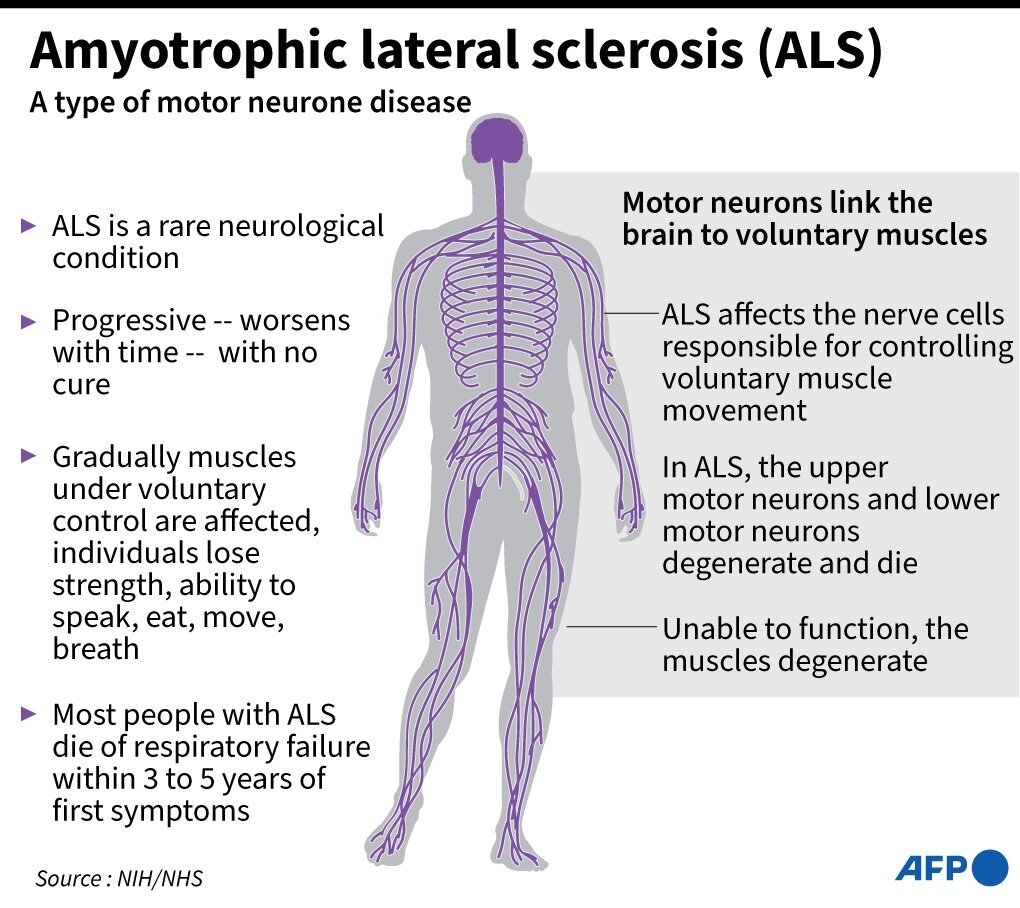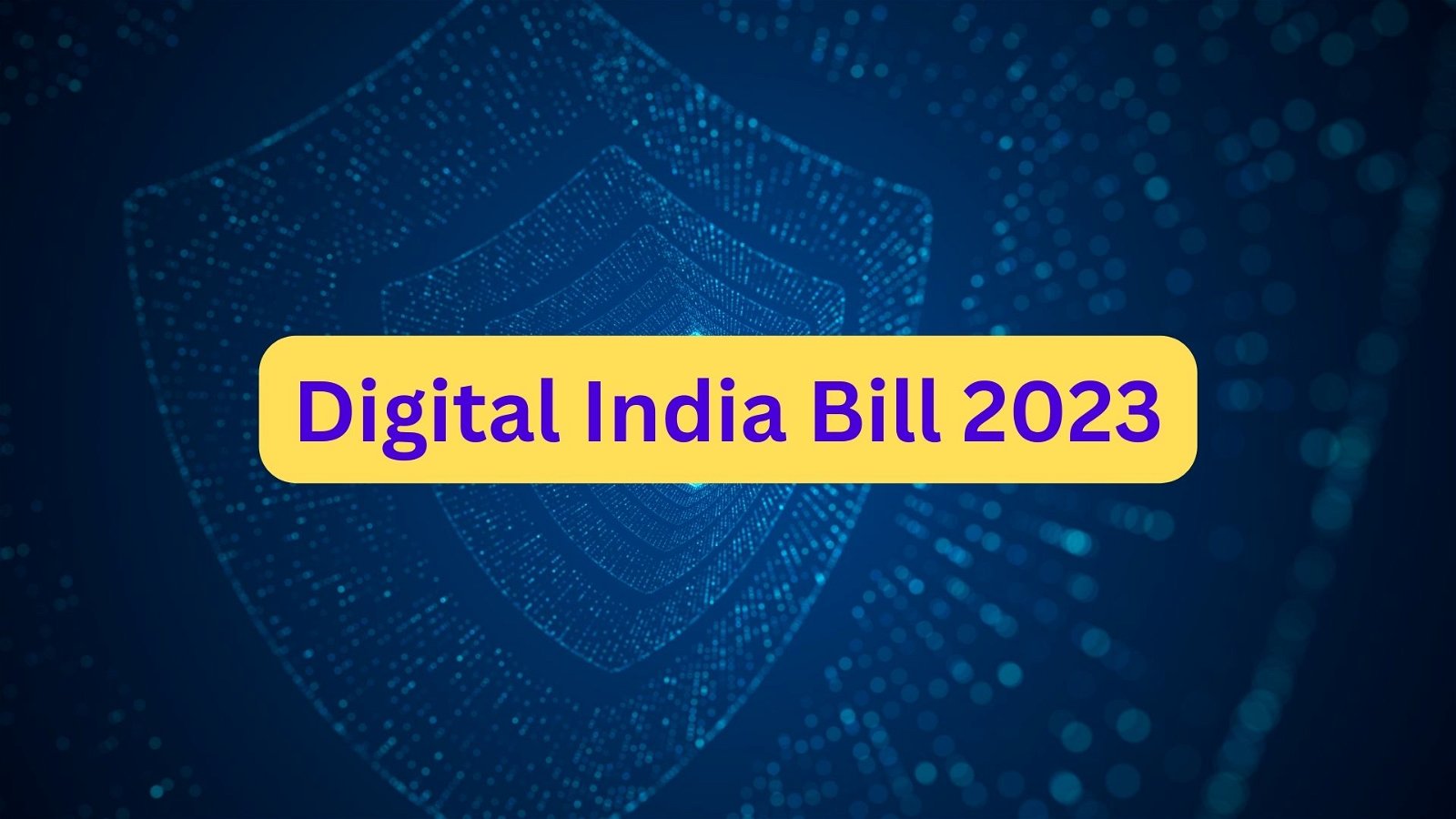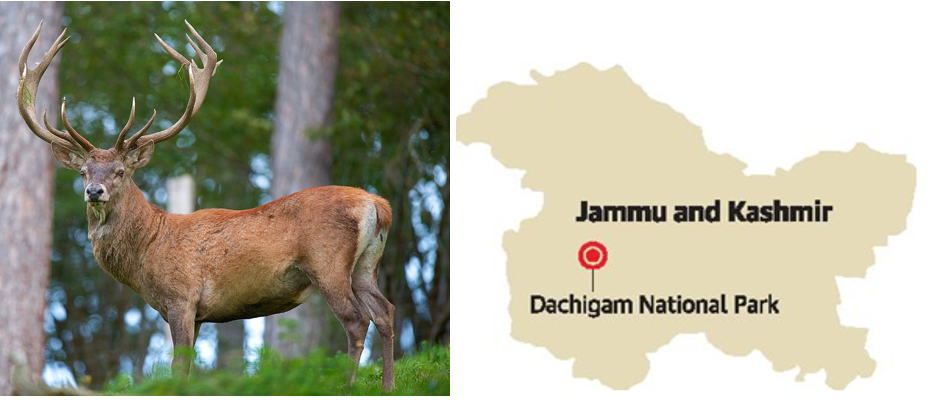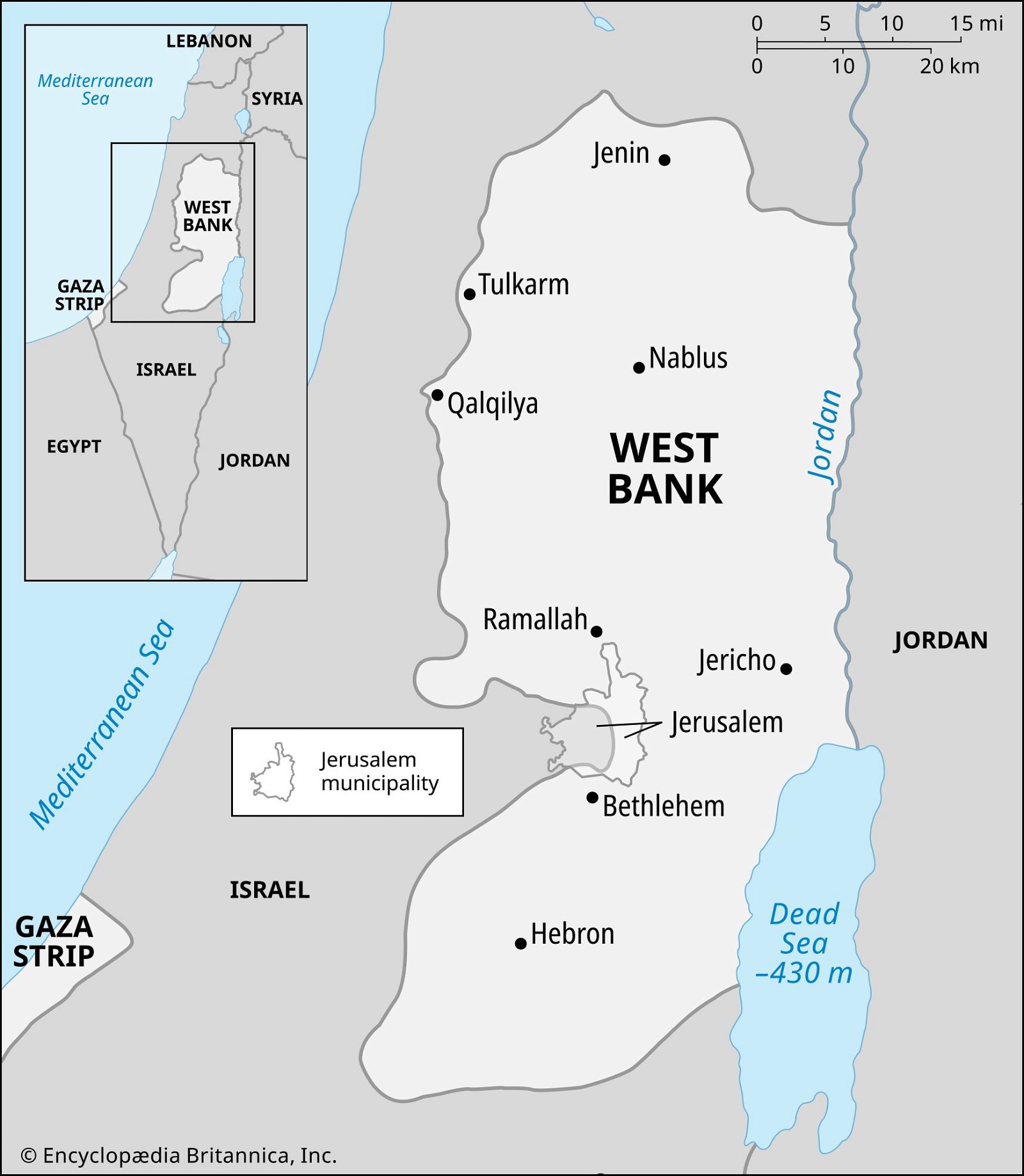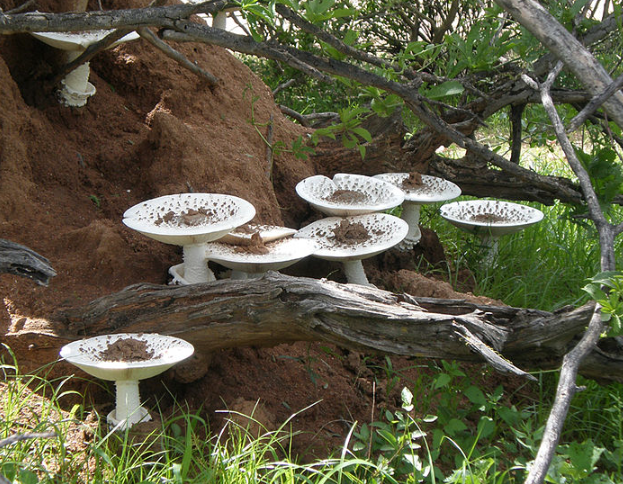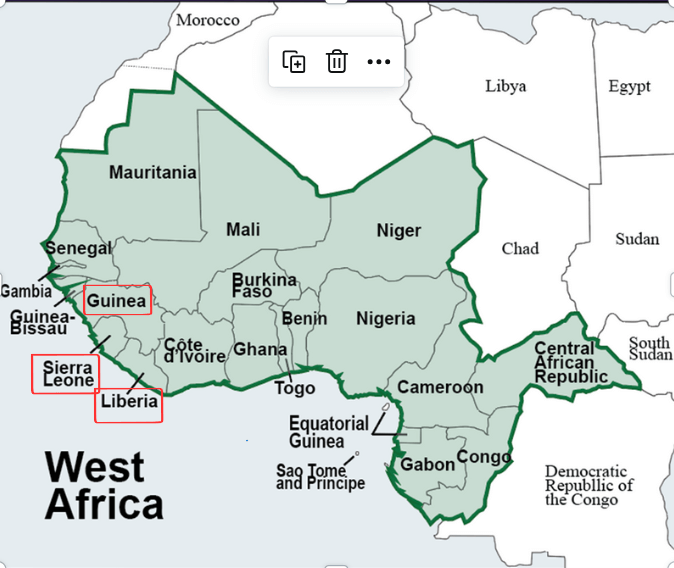
Current Affairs January 12, 2024: Peregrine Mission One, Bangladesh Elections, Inland Waterways, Year-end Recap of MoTA, Pong Dam draft ESZ Policy, Fine soil-like materials (FSLM), Chandubi Festival
Subscribers of "Current Affairs" course can Download Daily Current Affairs in PDF/DOC
Subscribe to Never Miss an Important Update! Assured Discounts on New Products!
Must Join PMF IAS Telegram Channel & PMF IAS History Telegram Channel
{GS2 – IR – Bangladesh} Bangladesh Elections
- Context (IE l IE l LM): Bangladesh Prime Minister Sheikh Hasina won the re-election for a fifth term.
- The main opposition, the Bangladesh Nationalist Party (BNP), boycotted the polls.
- Western nations, including the US, UK, and EU, have urged Bangladesh to hold free, fair, and participatory elections.
- The BNP demanded elections under a caretaker government, which the government rejected.
- This election became a high-stakes arena because of several international interests–
- India’s buffer state priorities
- China’s Belt & Road vision
- Strategic interests of the United States
- Russian infrastructure interests.
Concerns Related to the Politico-Economic Sphere of Bangladesh
- Authoritarian Practices: The Awami League’s (AL) authoritarian measures, including arrests and harassment of opposition leaders, have fueled resentment among the masses.
- Corruption and Nepotism: Perceived corruption and nepotism within the AL have widened the gap between the government and the impoverished population.
- Islamist Influence: The AL encouragement of Islamist groups like Hefazat-e-Islam Bangladesh has created a toxic environment within the ruling party.
- Radicalization: Islamist organisations, through religious schools and mosques, have radicalised a significant portion of the population, especially the youth.
- Islamist Opposition: The Islamist parties, including Jamaat-e-Islami, Hefazat, and Islami Oikyo Jote, now fill the opposition space.
- Political Analyst’s Perspective: Political analysts argue that the AL’s crackdown on the BNP has inadvertently strengthened Islamist parties, which seek to implement strict Sharia laws and turn Bangladesh into an Islamic state.
- Economic Crisis: Falling forex reserves, currency depreciation, and mounting external debt have created a looming debt crisis.
- Chinese Loans: Much of the infrastructure development relies on high-interest loans from China.
Election in Bangladesh and India’s Interests
Security Interests
- A stable, prosperous and friendly Bangladesh is in India’s best interests.
- The previous BNP-led government was quite hostile to India — and provided a haven to numerous anti-India terrorist and militant groups.
- It allegedly also had links to Pakistan’s ISI.
- The Present Government’s crackdown on anti-India elements and counter-terrorism cooperation with India has single-handedly improved India’s overall security situation over the last decade.
- Bangladesh’s action resulted in the arrest of many top leaders of the NE insurgent groups like the ULFA and the National Democratic Front of Bodoland.
- Also, Given the deteriorating situation in Myanmar, it becomes even more important that India and Bangladesh remain close security partners.
Economic Interests
- Bangladesh has replaced Pakistan as the second-largest economy in the South Asian region.
- As per World Bank data, the GDP of Bangladesh was $460 bn in 2022, and Pakistan’s was $375 bn.
- In 2022-23, Bangladesh was the fifth largest export destination for Indian goods after the US, the UAE, the Netherlands, and China.
- It accounted for over 2.7 per cent of all Indian exports, worth $12.2 billion.
Regional Connectivity & Cooperation
- Protocol on Inland Water Trade and Transit (PIWTT), operational since 1972, permits the movement of goods over vessels from India through Bangladesh’s river systems on 8 specific routes.
- Under the present regime, Bangladesh facilitates efficient connectivity to India’s Northeast through overland transit and inland waterways.
- Securing sea lines of communication: Bangladesh strategically places nearby essential sea lanes. It can play a significant role in containing piracy in the Indian Ocean.
- Bangladesh is also crucial for economic integration within the subcontinent, especially since Pakistan refuses to support regional economic cooperation.
- Bridge to Southeast Asia: Bangladesh is a natural pillar of the Act East policy.
- It can act as a ‘bridge’ to economic and political linkages with South East Asia and beyond.
- Bangladesh is an essential component of BIMSTEC and BBIN initiatives.
- Dhaka hosts the secretariat of The Bay of Bengal Initiative for Multi-Sectoral Technical and Economic Cooperation (BIMSTEC), which connects Myanmar and Thailand.
- Beyond the subcontinent, India wants Bangladesh to become a fulcrum for regional cooperation in the Bay of Bengal littoral linking South and South East Asia.
- India’s friends, such as Japan, have invested heavily in Bangladesh.
Bangladesh-China Relations
- Bangladesh’s two-way trade with China exceeded $25 billion in 2022.
- Bangladesh aligns strategically with China, helping transform its landscape through mega projects.
- Chinese investments in BRI-financed infrastructure projects have surpassed $10 billion.
- Bangladesh has significant military relations with China, and it is the second-largest importer of Chinese arms.
- India, too, gave Bangladesh $500 million credit for defence imports.
- Bangladesh has granted port access to India and China, fostering modernisation in Mongla port under the banners of the BRI and Bangladesh-China-India-Myanmar Corridor (BCIM).
- Pyra Port– A similar cooperative enhancement was undertaken, but India backed out due to the PPP being granted to a Chinese company.
- There are around $450 million of Chinese investments into 1,845 MW of domestic power generation as of 2021.
Bangladesh-USA Relations
- Bangladesh has had tense relationships with the US and the UK, given their proximity to Pakistan and their damaging role in 1971.
- The present regime unsurprisingly views the US with tremendous distrust.
- The US has been relatively inconsistent regarding calling out authoritarianism. While the Americans seldom talk about democracy in Pakistan, they tend to bully Bangladesh.
- The US has begun to appreciate India’s interests in Bangladesh (After the G20 Summit) and is toning down its hostility toward Dhaka.
{GS2 – MoTA – Schemes} Year-end Recap of MoTA
Schemes for the betterment of Tribals
- Pradhan Mantri PVTG Development Mission.
- National Sickle Cell Elimination Mission.
- Pradhan Mantri Janjati Adivasi Nyaya Maha Abhiyan (PM-JANMAN).
- The Vibrant Villages Programme.
- A Centrally Sponsored Scheme for comprehensive development of the selected villages in 46 blocks in 19 districts.
- The objective is to reverse outmigration.
- It is an outcome-oriented programme with outcome indicators at three levels (village, household & individual beneficiary).
Tribal Education
- Over 38,000 teachers and support staff will be recruited for the Ekalavya Model Residential Schools in the next few years.
- 6 Eklavya Model Residential Schools were newly inaugurated in Rajasthan.
- Scholarships disbursed to 32.22 lakh tribal students through DBT under various scholarship schemes.
- Pre-Matric Scholarship for ST students.
- Post Matric Scholarship for ST students.
- National Fellowship Scheme for Higher Education for ST students.
- National Scholarship Scheme for Higher Education for ST students (Top Class).
- National Overseas Scholarship for ST students for studying abroad.
- National Education Society for Tribal Students (NESTS), in collaboration with Amazon India and Learning Links Foundation, launched Phase II of the ‘Amazon Future Engineer Programme’ for EMRSs.
Other initiatives
- For tribal women empowerment: Mahila SHGs Sammelan
- It was organised by the Tribal Cooperative Marketing Development Federation of India (TRIFED) and the National Scheduled Tribes Finance and Development Corporation (NSTFDC).
- For livelihood improvement of North eastern tribes:The Central Sector Scheme ‘Marketing and Logistics Development for Promotion of Tribal Products from North Eastern Region (PTP-NER)’ was launched in Manipur.
- For cultural upliftment: Aadi Mahotsav (mega National Tribal Festival).
{GS3 – Envi – Conservation} Pong Dam draft ESZ Policy
- Context (DTE): A draft eco-sensitive zone (ESZ) policy for the Pong dam was prepared.
- Locals are against the declaration due to the impact on their livelihood & incomplete rehabilitation.

About Pong Dam
- Location: Kangra district, Himachal Pradesh
- It is an artificial reservoir on the Beas River, also known as Maharana Pratap Sagar Dam.
- The Pong Dam is the highest earth-fill dam in India.
- It is a “Ramsar site“, “a wetland of national importance”, and a “wildlife sanctuary”.
- Pong Dam is significant as a resting place for migratory birds.
Beas River
|
ESZ Policy
- It was first suggested in the National Wildlife Action Plan (2002-2016) of the Ministry of Environment, Forest and Climate Change (MoEFCC).
- State governments were advised to designate areas within 10 km of national parks and wildlife sanctuaries as Eco-Sensitive Zones (ESZs).
- The 10 km limit is general and can vary according to specific cases.
- ESZ is declared under the Environmental (Protection) Act of 1986.
Restrictions in ESZs
- Permitted Activities: Ongoing agricultural or horticultural practices, rainwater harvesting, organic farming, use of renewable energy sources, and adoption of green technology.
- Regulated Activities: Felling of trees, establishing hotels and resorts, commercial use of natural water, erecting electrical cables, drastic change of agriculture system, e.g., adoption of heavy technology, pesticides, widening roads.
- Prohibited Activities: Commercial mining, sawmills, industries causing pollution, establishing major hydroelectric projects (HEP), commercial use of wood, hot-air balloons, discharge of effluents or any solid waste or production of hazardous substances.
Ecological Significance of ESZs
- ESZs rule out harmful interference by construction and industrial activities.
- It promotes in-situ conservation of endangered species and landscapes.
- ESZs act as “shock absorbers” around the ecologically fragile area.
Reasons behind opposition
- This is typical of the development v/s environment debate.
- ESZs restrict the scope of land use for the construction of developmental structures.
- Limits on tourism, agriculture and other livelihood practices impact the locals.
- Mining and other exploration projects are not allowed to impact the state economy.
{GS3 – Envi – Hazardous Waste} Fine soil-like materials (FSLM)
- Context (DTE): Fine soil-like materials(FSLM) recovered from legacy dumpsites may contain contaminants; therefore, they must be tested before being used in any application.
- FSLM is produced during the Biomining (bioremediation technique) of waste dumpsites.
- FSLM is the largest component obtained from landfill mining. It has little or no economic value.
- FSLM, comprises particles smaller than 6 mm. Fine materials in 4-6 millimetres are called ‘bio-earth’ or ‘good earth’ materials.
Biomining
|
Application of FSLM
- Soil enricher.
- Filler material for low-lying areas.
- Used in road construction.
- Brick making.
Issues
- As per Central Pollution Control Board guidelines, FSLM must comply with the Fertilizer Control Order standards to be used as a soil enricher. However, in most cases, they do not comply.
- They are not tested for toxic metals before being used as a filler material.
- Heavy metal contamination is a significant risk associated with using untested FSLM.
- Toxic metals (lead, mercury, cadmium, and arsenic) can harm human health.
- Additionally, heavy metals have the potential to accumulate in plants and animals. This can lead to bioaccumulation.
Way forward
- The comprehensive “Guidance document for assessment and remediation of contaminated sites in India” by MoEFCC serves as a roadmap for tackling the issue.
- It sets clear boundaries for acceptable levels of heavy metals and toxic contaminants through two key sets of standards (Environmental Quality Standards (EQS) and Threshold Limit Values (TLV)).
- These standards can be utilised to assess the gainful application of FSLM recovered from landfill waste.
{GS3 – IE – Exports} Made in India
- Context (PIB): The Central Government’s Quality Control Orders and the ‘Zero Defect, Zero Effect’ scheme have boosted ‘Made in India’ branding.
Made in India vs make in India
| Dimensions |
Make in India |
|
| Focus |
|
|
| End Goal |
|
|
| Government Policies |
|
|
| Risks involved |
|
|
Quality Control Orders (QCOs)
- QCOs are regulatory measures introduced by the government.
- QCOs ensure that products meet certain prescribed quality, safety, and performance requirements before being manufactured, imported, stored, or sold in the country.
- Objective: To control the import of sub-standard and cheaper items into the domestic market.
- QCOs cannot be challenged at the WTO if imposed on the grounds of health, safety, environment and deceptive trade practices, or national security.
- The Bureau of Indian Standards (BIS) certifies products that meet the prescribed standards for domestic and international manufacturers.
- Manufacturing, storing and sale of non-BIS certified products are prohibited as per the BIS Act, 2016.
Significance of Quality Control Orders (QCOs)
- Currently, QCO covers 653 products compared to 106 products (2014). The expansion in net quality products has significantly boosted the exports.
- E.g. products under QCOs (cast iron products, solar DC cables, door fittings, ceiling fans, helmets) are exported at higher levels than imported.
- E.g. Before QCO’s implementation, the Indian toy market was plagued by cheap, substandard products. Bringing the toys sector under QCO substantially improved their quality and safety. It also increased its exports by 60% in 2022-23 compared with 2018-19.
Zero Defect, Zero Effect Scheme
- Launched in 2016 by the Ministry of MSME.
- Aims to develop and implement the ‘ZED’ culture in India. ZED is based on the principle of:
- Zero Defect: Focuses on production mechanisms to eliminate defects in manufactured products.
- Zero Effect: Focuses on production processes to eliminate the adverse environmental effects.
- The Quality Council of India (QCI) has been appointed as the National Monitoring & Implementing Unit (NMIU) for the implementation of ZED.
{GS3 – Infra – Transportation} Inland Waterways
- Context (PIB): The Minister of Ports, Shipping, and Waterways chaired the First Inland Waterways Development Council Meeting, organized by the Inland Waterways Authority of India (IWAI).
Outcomes in the Council
- ‘Harit Nauka’ Guidelines and ‘River Cruise Tourism Roadmap 2047’ were launched.
- The Ministry has set a bold objective to elevate the modal share of Inland Water Transportation (IWT) from the current 2% to 5%, aligning with the goals outlined in Maritime India Vision 2030.
- The Ministry also aims to substantially increase the existing IWT cargo volume from approximately 120 MTPA (millions of tonnes per annum) to over 500 MTPA.
Inland Waterways Development Council
- The council was established in October 2023.
- Objective: Comprehensive development of inland waterways and Inland Water Transport (IWT) ecosystem for improved cargo efficiency, passenger movement, and river cruise tourism.
Maritime India Vision 2030
Inland Waterways Authority of India
|
What are Inland Waterways?
- Inland waterways are navigable water bodies located within the boundaries of a country, typically away from coastal areas.
- India has about 14500 kilometres of navigable waterways. Despite this, Inland waterways remain underutilized at a share of 2% in India’s modal mix, compared to 35% in Bangladesh.
- The National Waterways Act, 2016, has identified 111 navigable water courses and declared them “national inland waterways”.
Benefits of Inland Waterways
- Cost-effective: According to WB, inland waterways in India are 60% cheaper than road transport and 20-30% cheaper than rail transport.
- Fuel efficiency: Its energy consumption per km/ton of transported goods is approximately 17% of that of road transport and 50% of rail transport.

- Being labor-intensive in nature, it can create employment for personnel for river conservancy & development activities, operation & maintenance of terminals, manning inland vessels, etc.
- Ecologically sustainable: A study by the World Bank found that inland water transport emits 10 times less carbon dioxide per ton-kilometer compared to road transport in India.
- Other advantages: Does away with the tiring land acquisition process, leads to the development of tourism along the waterways, and provides boost to associated industries like shipbuilding.
Challenges with Inland waterways
- Navigational hazards like shallow waters and narrow width of the channel during dry weather, siltation, bank erosion, absence of infrastructure facilities like terminals & inadequacy of navigational aids.
- Environmental concerns: Dredging activities, construction of barrages, and channelization of rivers, which can impact the ecological balance, water quality, and aquatic life in the surrounding areas.
- Limited intermodal connectivity between inland waterways, roads, and railways restricts seamless movement of cargo and passengers, hindering the full potential of multimodal transport.
- Issues of Inter-state coordination in jurisdiction, regulations, taxation, & administrative procedures.
- Water variability: Diversion of water for irrigation, industrial and other needs reducing the flows in the rivers resulting in the reduction of depth and shoal formation.
- Excessive silt loads from erosion of uplands due to bad catchment management and increased deforestation.
- Inadequate vertical and horizontal clearances for plying vessels of economic size in many traditional waterway routes.
- Lack of adequate terminal facilities at the loading and unloading points being non-existent and where existent being inadequate.
- Other issues: Challenges associated with land acquisition for infrastructure development, resettlement and compensation, lukewarm private sector participation, & lack of waterways governance framework.
SWOT Analysis of IWT

Way Forward
- Infrastructure development by developing terminals, jetties, and navigation aids, and ensuring proper dredging and maintenance of waterways.
- Integration with Multi-Modal Transport like roads, railways, and coastal shipping. E.g. Multimodal terminal at Varanasi, connecting National Waterway 1 with the Eastern Dedicated Freight Corridor has been developed.
- Revival/operationalization of obsolete jetties to attract private sector participation.
- Moratorium on levy and collection of waterway usage charges for initial period of 3 years.
- Design of low-cost and shallow-draft vessels and introduction of navigational aids for improving the economics of IWT.
- Smaller floating jetties to be monetized through manning contracts.
{Prelims – Festivals} Chandubi Festival
- Context (HT): The Chandubi Festival was celebrated near the Chandubi Lake in Assam‘s Kamrup.
- It is annually celebrated on the occasion of New Year.
- Along with boosting arts and crafts, it supports eco-tourism in the area.
- Different tribes of the area, Rabhas, Garos, Gorkhas and tea tribes, are supported by this event.
Chandubi lake

- It is an earthquake-created lake in the Kamrup district of Assam.
- “Chandubi” means “Chand=Moon and Dubi= Sinking”, i.e. “Sinking moon“.
- With aquatic flora and fauna, the freshwater lake has become a source of livelihood for locals.
{Prelims – IE – Shipping} India Club
- Context (MINT): India plans to launch its own Protection and Indemnity (P&I) entity, the India Club.
- It will provide insurance to the ships operating along Indian coasts and waterways.
- The Ministry of Ports, Shipping, and Waterways will lead the initiative.
- Traditional insurance and reinsurance companies can also be part of the India Club.
- A local P&I entity can mitigate risks related to international sanctions and pressures.
Protection and Indemnity (P&I) entity
|
{Prelims – Sci – Chemistry} Lead Poisoning
- Context (TH): Parts of Odisha witnessed lead poisoning.
- Lead is a bluish-white lustrous metal naturally found in the Earth’s crust.
- It is also found in small amounts in air, soil and water.
- It is very soft, highly malleable, ductile, and a relatively poor conductor of electricity compared to copper, gold, etc.
- Native lead is rare in nature. Currently, lead is usually found in ore with zinc, silver and copper and it is extracted together with these metals.
- It has a relatively low melting point compared to most metals.
- It has good resistance to corrosion, especially in non-acidic environments.
- It is the most dense (non-radioactive) common metal, which makes it invaluable for applications requiring high weight with small volumes.
Sources of Lead Pollution
- Informal and substandard recycling of lead-acid batteries: Lack of vehicle battery recycling regulation in low and middle-income countries has resulted in nearly half of lead-acid batteries being unsafely recycled in the informal economy.
- Lead in water from the use of leaded pipes, lead from active industry (such as mining), lead-based paint and pigments, and leaded gasoline.
- Lead solder in food cans, as well as in spices, cosmetics, Ayurveda medicines, toys, and other consumer products.
Impacts of Lead Exposure
- Exposure to lead causes lead poisoning, also known as Plumbism and Saturism.
- WHO has identified lead as 1 of the 10 chemicals of major public health concern.
- Other unwanted effects:
- Disruption of the biosynthesis of haemoglobin and anaemia
- A rise in blood pressure
- Kidney damage
- Disruption of nervous systems
- Brain damage
- Declined fertility of men through sperm damage
- Diminished learning abilities of children
- Behavioural disruptions in children, such as aggression, impulsive behavior, and hyperactivity
- Long-term impact: Anaemia, hypertension, renal impairment, immunotoxicity, and toxicity to the reproductive organs.

{Prelims – S&T – Space} Peregrine Mission One
- Context (IE): US Lunar mission Peregrine Mission One took off recently.
- No US spacecraft has landed on the Moon since Apollo 17 in December 1972.
- If successful, this mission would also involve the first landing of a private spacecraft on the Moon.
- Earlier, the Hakuto-R mission by a private Japanese company failed the lunar landing.
- The Peregrine lander module & Vulcan rocket were built by private space companies in the US.
- The Mission is part of NASA’s Commercial Lunar Payload Services (CLPS) initiative to involve the private space sector in its ambitious Artemis programme.
|
- The payloads are meant to carry out various exploratory activities, including water detection.
- One of the payloads, the Laser Retroreflector Array, would remain permanently deployed on the Moon’s surface and act as a marker for the Moon’s distance.





![PMF IAS Environment for UPSC 2022-23 [paperback] PMF IAS [Nov 30, 2021]…](https://pmfias.b-cdn.net/wp-content/uploads/2024/04/pmfiasenvironmentforupsc2022-23paperbackpmfiasnov302021.jpg)

